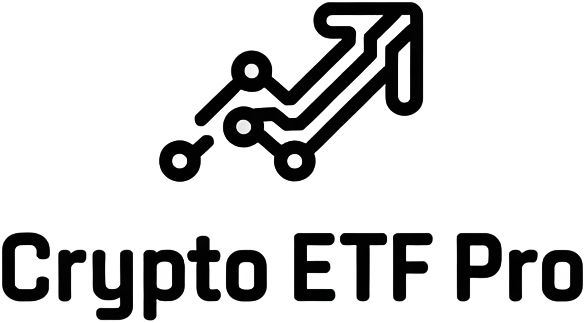
In a landmark move for the digital asset market, the U. S. Securities and Exchange Commission (SEC) has officially approved in-kind creation and redemption processes for cryptocurrency ETFs, specifically for Bitcoin (BTC) and Ethereum (ETH). This regulatory shift, announced in July 2025, is poised to reshape how crypto ETFs operate, making them more efficient, cost-effective, and attractive to both institutional and retail investors.
Why In-Kind Redemptions Matter: A Break from Cash-Only Constraints
Until now, U. S. -listed crypto ETFs were bound by cash-only rules. This meant that when authorized participants (APs) wanted to create or redeem ETF shares, they had to convert cryptocurrencies into cash before transacting with the fund. The result? Higher transaction costs, added tax complexity, and operational friction that made U. S. crypto ETFs less competitive compared to their European counterparts.
The SEC’s approval of in-kind redemptions allows APs to exchange ETF shares directly for the underlying assets, actual Bitcoin or Ether, without first liquidating to cash. This mirrors the process used by gold and other commodity ETFs, aligning crypto products with established industry best practices.
Immediate Benefits: Cost Savings and Improved Liquidity
For investors, this regulatory evolution is more than just a technical adjustment, it’s a potential game-changer for crypto ETF liquidity and overall efficiency. By removing mandatory conversions to cash, in-kind processes reduce trading spreads, minimize capital gains events for APs, and lower operational expenses across the board.
- Tighter Bid-Ask Spreads: Direct settlement with actual BTC or ETH leads to more efficient price discovery and narrower spreads on ETF shares.
- Tax Efficiency: In-kind transactions can defer taxable events, making crypto ETFs more appealing to long-term holders.
- Institutional Participation: With lower friction and costs, large players are more likely to enter the market, potentially increasing Bitcoin ETF inflows.
This shift is already drawing attention from major asset managers and trading firms. As of October 13,2025, Bitcoin is trading at $115,804, reflecting sustained interest even as regulatory clarity improves.
Market Impact: Aligning U. S. Crypto ETFs with Global Standards
The U. S. has lagged behind Europe in permitting in-kind creations and redemptions for crypto ETPs. By embracing these mechanisms now, American regulators are signaling an intent to foster a healthier, more competitive ETF ecosystem. According to SEC Chairman Paul S. Atkins, this move is part of a broader initiative to craft regulations tailored for digital assets, reducing barriers while maintaining investor protections.
The new rules are expected to embolden institutions that were previously deterred by operational hurdles and tax inefficiencies. As more liquidity providers engage directly with ETF issuers using on-chain settlement models, we can anticipate greater resilience against volatility spikes, a crucial step toward mainstream adoption.
Bitcoin Price Prediction Post-SEC In-Kind ETF Approval (2026-2031)
Forecasts reflect the impact of SEC’s in-kind ETF approval, increased institutional adoption, and evolving market structure. Prices are projected based on current trends, regulatory outlook, and technical analysis as of October 2025 (BTC price: $115,804).
| Year | Minimum Price | Average Price | Maximum Price | Yearly % Change (Avg) | Scenario Highlights |
|---|---|---|---|---|---|
| 2026 | $98,000 | $130,000 | $168,000 | +12.2% | ETF flows drive demand, but macro headwinds persist |
| 2027 | $110,000 | $152,000 | $195,000 | +16.9% | Institutional adoption accelerates, volatility decreases |
| 2028 | $125,000 | $178,000 | $225,000 | +17.1% | Next Bitcoin halving; increased scarcity; tech upgrades |
| 2029 | $145,000 | $205,000 | $265,000 | +15.2% | Mainstream acceptance; global ETF expansion |
| 2030 | $170,000 | $237,000 | $310,000 | +15.6% | Integration with traditional finance; regulatory clarity |
| 2031 | $195,000 | $271,000 | $360,000 | +14.3% | Mature market, stable growth, competition from other digital assets |
Price Prediction Summary
Bitcoin’s price outlook post-SEC in-kind ETF approval is bullish, with significant upside potential driven by enhanced institutional participation, improved ETF efficiency, and growing mainstream adoption. While volatility and regulatory risks remain, the market is expected to progress through cycles of growth and consolidation, with the average BTC price projected to more than double by 2031 compared to late 2025 levels.
Key Factors Affecting Bitcoin Price
- SEC’s in-kind ETF approval reducing costs and boosting institutional inflows
- Potential for global ETF adoption and replication of U.S. regulatory model
- Bitcoin halving cycles increasing scarcity and influencing supply-demand dynamics
- Ongoing technological improvements (e.g., scalability, security)
- Macro-economic environment, interest rates, and global risk appetite
- Geopolitical and regulatory developments affecting digital asset markets
- Competition from other cryptocurrencies and tokenized assets
Disclaimer: Cryptocurrency price predictions are speculative and based on current market analysis.
Actual prices may vary significantly due to market volatility, regulatory changes, and other factors.
Always do your own research before making investment decisions.
If you want to explore how these changes are transforming investor strategies in real time, check out our deep dive here: How In-Kind Redemptions Are Transforming Bitcoin ETFs.
From an operational perspective, in-kind redemptions also minimize the market impact of large transactions. When APs redeem shares for actual Bitcoin or Ethereum, they avoid the need to execute massive buy or sell orders on public exchanges. This reduces the risk of slippage and helps keep ETF prices more closely aligned with the underlying asset’s net asset value (NAV).

For retail investors, the benefits extend beyond efficiency and cost. With the SEC’s approval of in-kind processes, U. S. crypto ETFs now resemble their gold and commodity ETF peers, offering a familiar structure that can build trust among traditional investors. This alignment is crucial as digital assets continue to move into mainstream portfolios.
Looking Ahead: Institutional Adoption and On-Chain ETF Settlement
One of the most anticipated outcomes of these new SEC Bitcoin ETF rules is the potential for on-chain ETF settlement. As authorized participants and issuers settle transactions directly on blockchain networks, transparency and auditability increase, addressing longstanding concerns about crypto market integrity. This could further encourage large institutions to participate, knowing that processes are robust, transparent, and less reliant on intermediaries.
Key Advantages of In-Kind Bitcoin ETF Redemptions
-

Lower Transaction Costs: In-kind redemptions allow ETF shares to be exchanged directly for Bitcoin, eliminating the need to convert crypto to cash. This reduces trading fees and minimizes slippage for both institutional and retail investors.
-
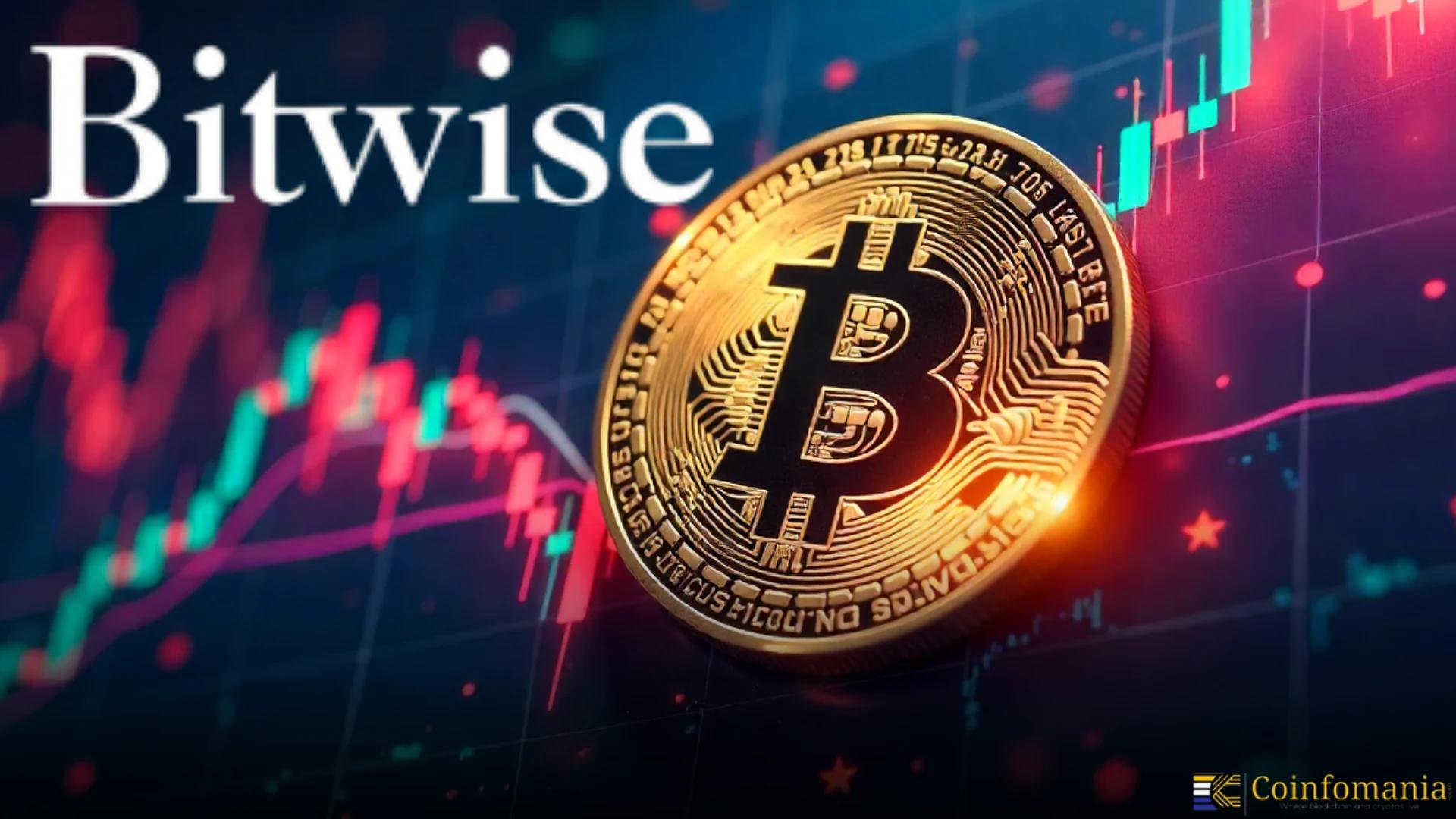
Enhanced Tax Efficiency: By enabling direct transfers of Bitcoin instead of cash, in-kind redemptions help investors avoid triggering taxable events that typically occur with cash transactions, aligning with the tax benefits seen in traditional commodity ETFs.
-
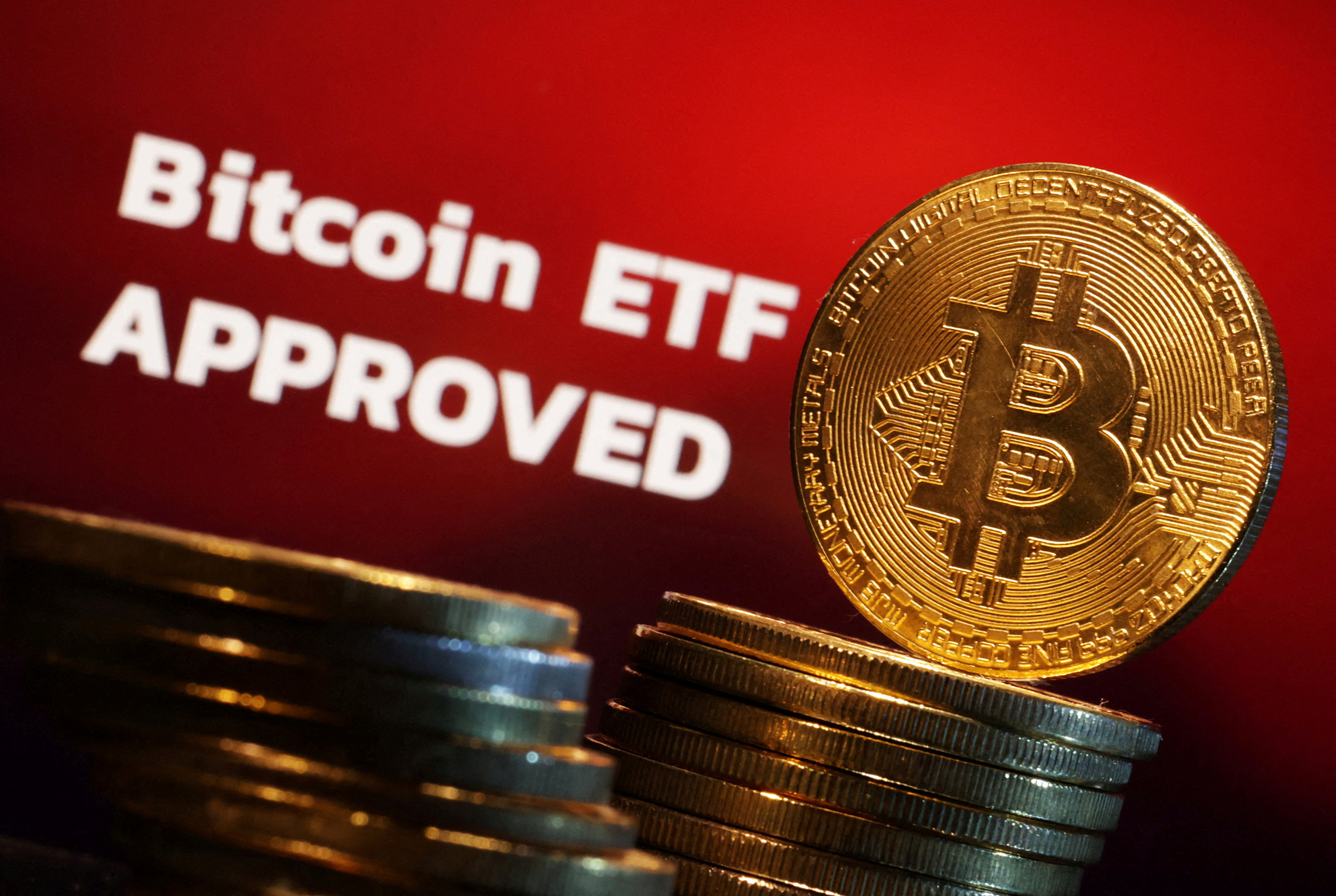
Improved Market Liquidity and Tighter Spreads: Direct in-kind transactions between ETF shares and Bitcoin can lead to tighter bid-ask spreads and greater liquidity, benefiting all market participants through more efficient price discovery.
-
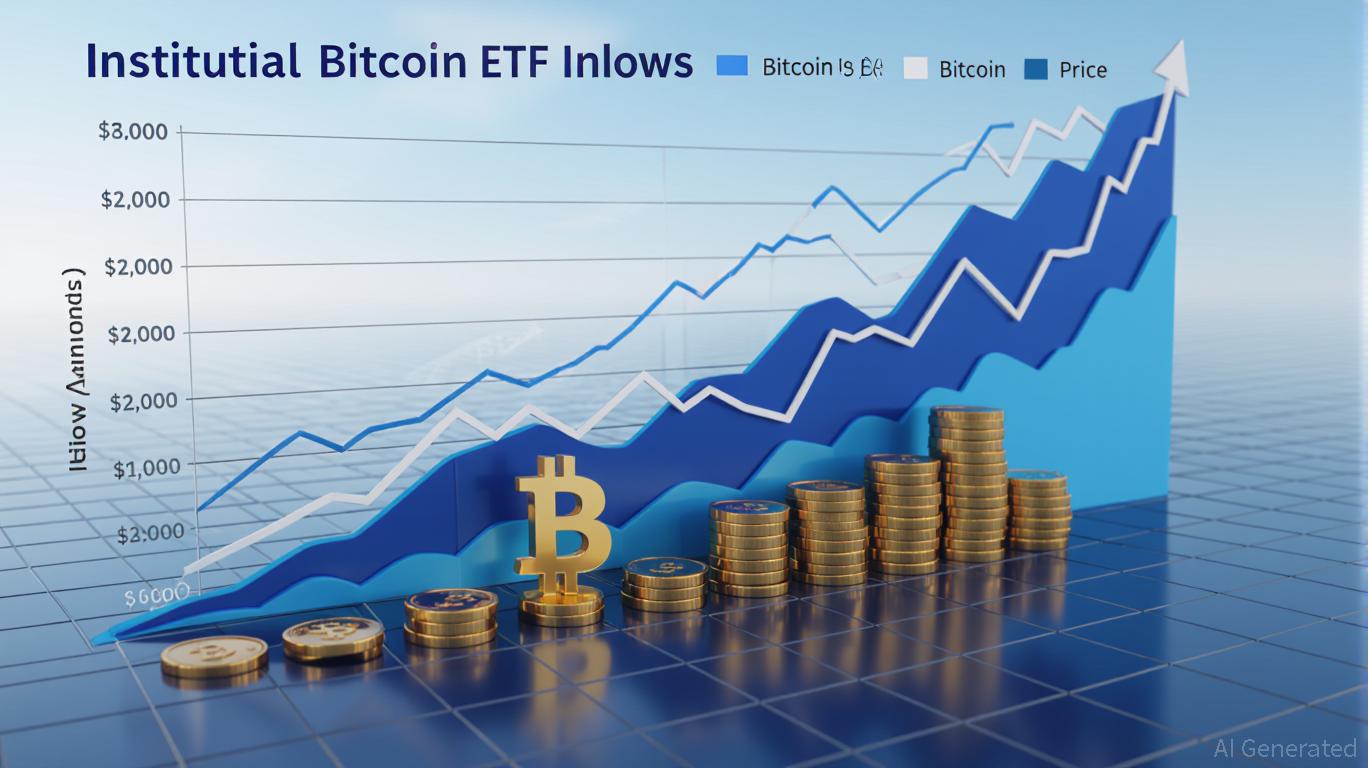
Greater Institutional Participation: The SEC’s approval of in-kind redemptions removes a significant barrier for large institutional investors, making it easier for them to enter and exit positions in Bitcoin ETFs and increasing overall market maturity.
-
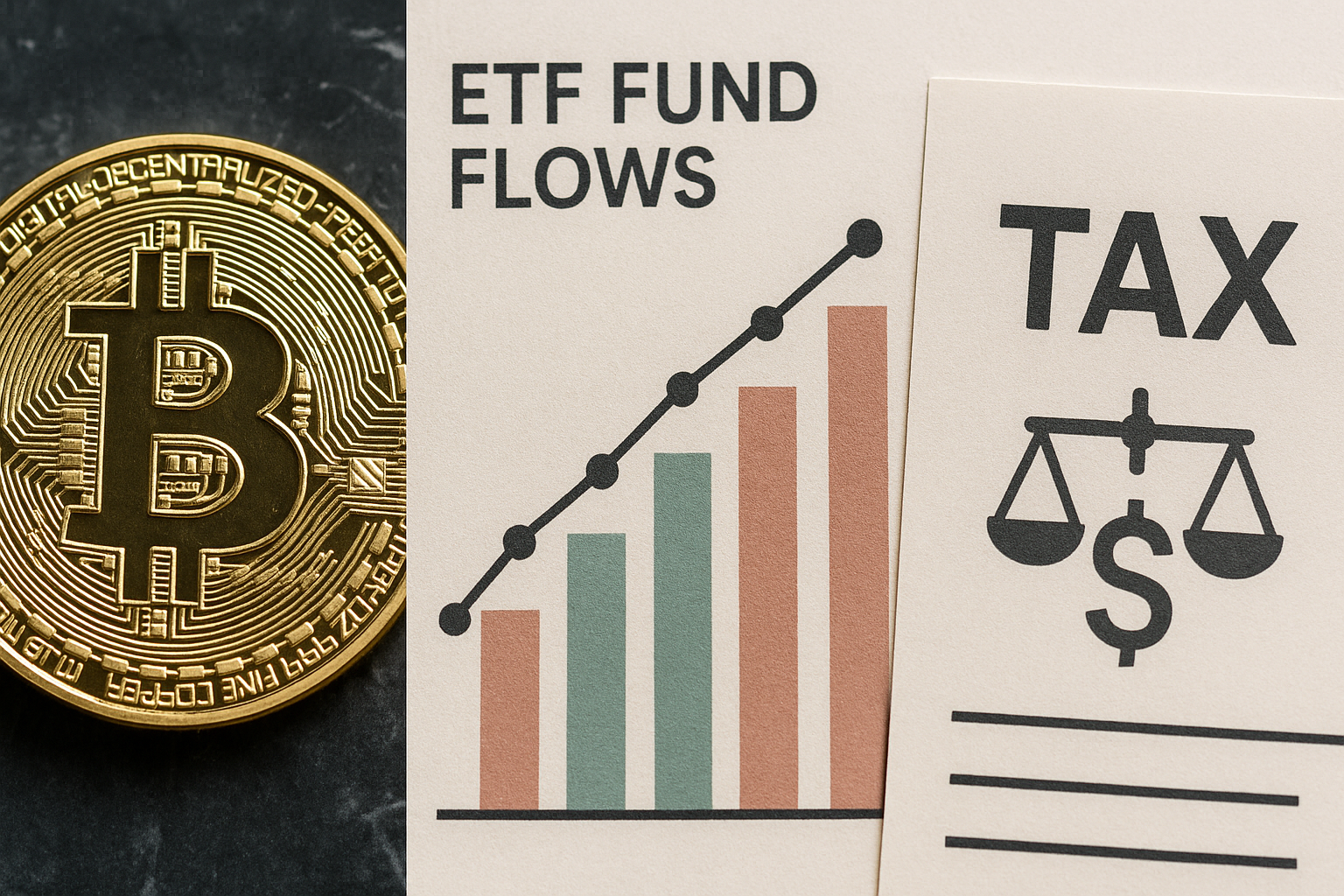
Operational Simplicity and Transparency: In-kind processes streamline ETF operations by reducing the number of steps and counterparties involved, resulting in a more transparent and straightforward experience for investors.
As the competitive landscape evolves, expect to see new entrants and innovations in the ETF space. Issuers are already exploring hybrid models that blend traditional finance with blockchain-based settlement, creating a new era of crypto ETF regulations tailored for efficiency and security. The ripple effects may also reach beyond Bitcoin and Ethereum, paving the way for similar structures across other digital assets as regulatory clarity improves.
It’s important for investors to monitor not just price movements, like Bitcoin’s current position at $115,804: but also liquidity metrics, bid-ask spreads, and fund flows. These indicators will reveal how quickly the benefits of in-kind redemptions are being realized across the market.
What Should Crypto ETF Investors Watch Next?
The SEC’s decision marks a pivotal moment for the U. S. digital asset industry. As ETFs become more efficient through in-kind mechanisms, investors should pay attention to:
- ETF inflows: Are institutional allocations rising as expected?
- Spread compression: Are trading costs dropping for popular funds?
- On-chain settlement: Are issuers adopting blockchain-native processes for transparency?
- Regulatory updates: Will other digital assets soon be eligible for in-kind treatment?
The next phase will be shaped by how quickly issuers adapt their operational models and how responsive regulators remain to market feedback. For those looking to understand these shifts in greater depth, and how they might affect portfolio strategy, our comprehensive guide is available at How In-Kind Redemptions Are Transforming Bitcoin ETFs.
